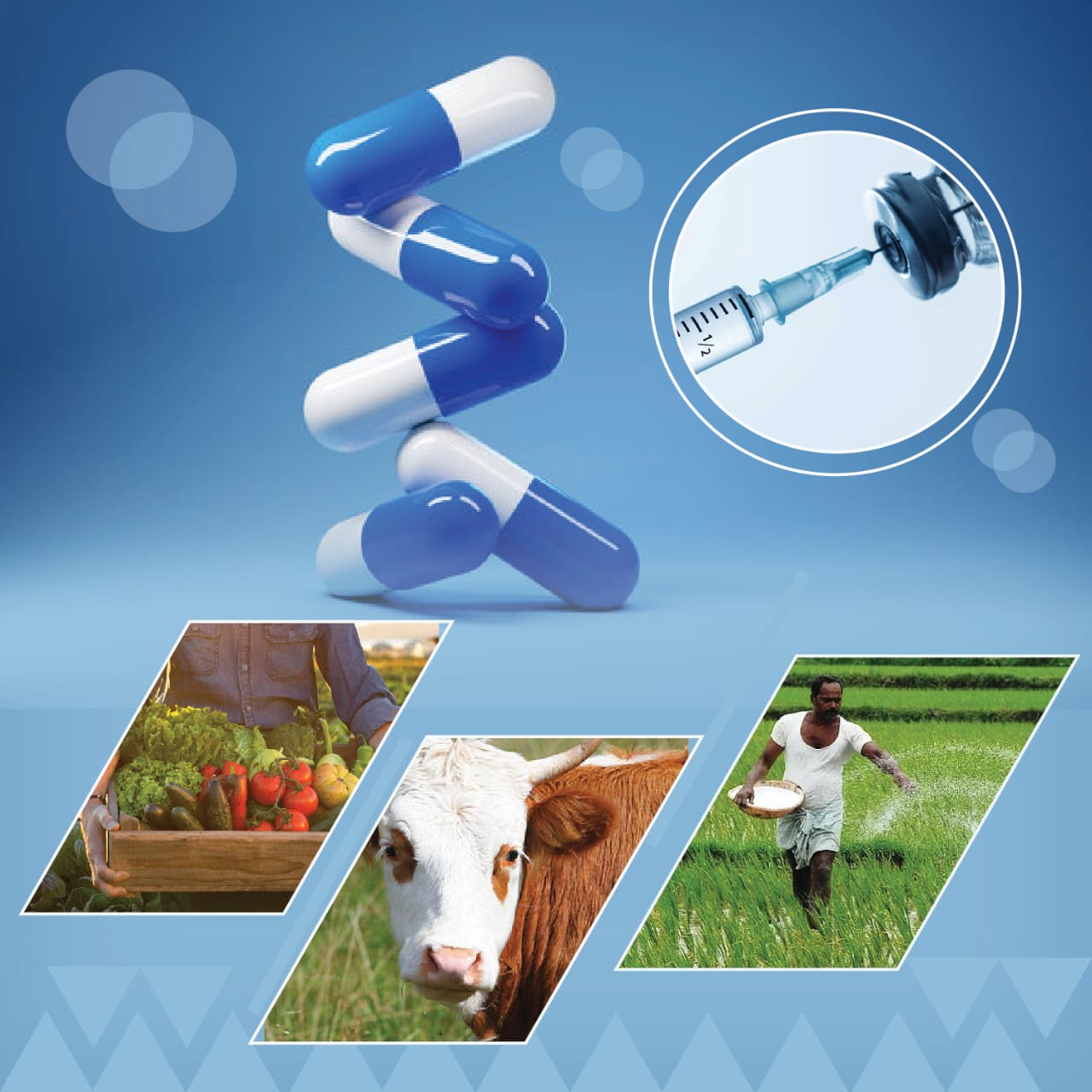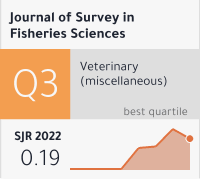Harnessing the Health Benefits of Pulses (Fabaceae): Pulses (Fabaceae) Nutrient Contents & Phytochemical Composition.
DOI:
https://doi.org/10.53555/sfs.v11i4.2409Keywords:
pulses, phenolic compounds, heart health, weight management, antinutritive compounds.Abstract
Pulses, dry seeds of legume family, their roles have been very significant in human diets & agriculture for thousands of years. This comprehensive review paper delves into the nutritional properties, health benefits, & culinary uses of pulses. Pulses are very rich in plant proteins, dietary fiber, minerals, vitamins, antioxidants & bioactive compounds, making them valuable for human nutrition. Furthermore, highlighting the potentially health benefits which the pulses provide, including their role in heart health, weight management, & blood sugar control. Pulses may lower your risk of developing cardiovascular disease, weight loss, & improved glycemic control in various studies. Pulse seeds vitally possess potential in the prevention of many chronic diseases e.g., cancer. Incorporating pulses into diets, especially in regions with dietary diversity challenges, is emphasized as a means to enhance nutritional status. Different culinary methods for pulse consumption are explored, along with the impact of processing techniques on nutrient retention. However, there are certain anti-nutritional factors in pulses, which can affect nutrient absorption & bioavailability. Traditional food preparation methods are discussed as strategies to mitigate the effects of these anti-nutrients. Overall, this review underscores the nutritional significance of pulses & their potential in promoting human health, while also acknowledging the importance of understanding & managing their anti-nutritional components. Pulses, with their diverse nutritional profile, have potential in contributing to sustainable & health-conscious diets worldwide.









